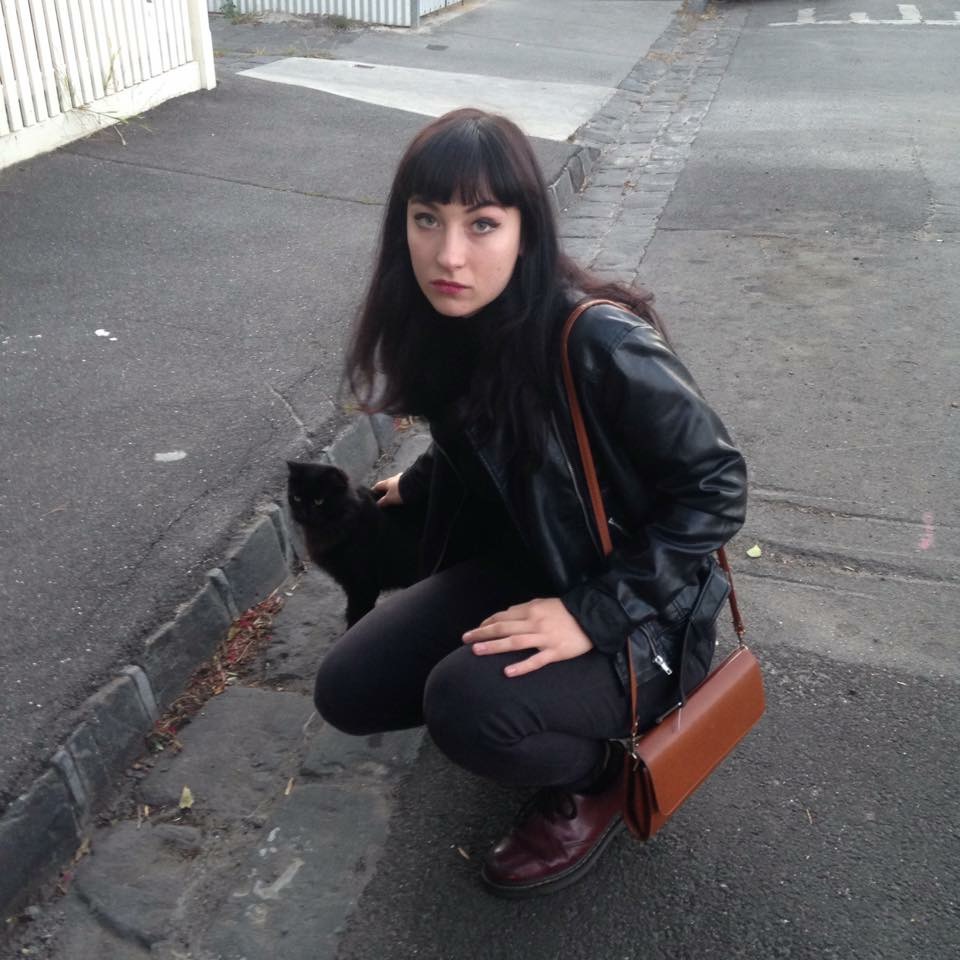“screenplays should be experienced […] as a form of cinema itself” whereby “both, although via opposite polarities, are audio-visual (the screenplay cueing the images and sounds in our mind)” (2009, p. 109). Reference: Dzialo, C 2009, ‘“Frustrated Time” narration: the screenplays of Charlie Kaufman’, in W Buckland (ed.), Puzzle films: complex storytelling in contemporary cinema, Wiley-Blackwell, Chichester, pp. 107-28.
As I unpack this quote by Chris Dzialo, I believe he is discussing the equity between screenplays and films for their audio-visual storytelling purposes. Though we often credit films for the combination of sound and image to create meaning, screenplays are capable of pushing the reader to create the sound and image within our minds. Rather than to shoot directly from the storytellers prose, we use screenwriting to explore and develop these initial ideas an open them up to interpretation from others. This can lead to changes in the story, enhancements or destruction. Ultimately as screenwriters, we place our ideas in the path of change, with the hope they grow and develop from criticism, revisions or adaptation. This is what differentiates screenwriting from cinema – interpretation is as far as a cinema can change in our minds.
Cueing sounds in our minds is one of the facets of screenplays I’m becoming interested in. In Claudia Sternberg’s ‘Written For The Screen’, she discusses the description of sounds across various texts, comparing them to the sound functions in comic strips. Total Recall utilises the style of a comic strip balloon text, as a character falls down an elevator shaft:
“Richter falls to his death, SCREEEAAAmiiiiinnnnnngggg”
This line not only cues the sound of a falling scream fading away into a hollow abyss, but also visually cues the elevator shaft depth, cues an actors expression and length of delivery.
There’s a specific script I want to reference, where aurally, we can find insight into the protagonist’s motivations and feelings, which we aim to illustrate in visual storytelling. The except is from Transamerica by Duncan Tucker, however I am unable to find access to the screenplay. The story follows the life of a trans woman a week before her gender-reassignment surgery. The expert I wanted to reference shows our protagonist listening to a record on an old gramophone. She places her finger on the LP to slow the vocals down to a low baritone, before letting the song resume at normal speed, returning a high pitched female alto. This aural cue illustrates the character’s internal actions and motivations concerning her upcoming operation, and symbolises the weight of change they are about to experience. The combination of visuals and sound in this specific piece of writing allows us to explore this character’s emotions on screen and on page.

